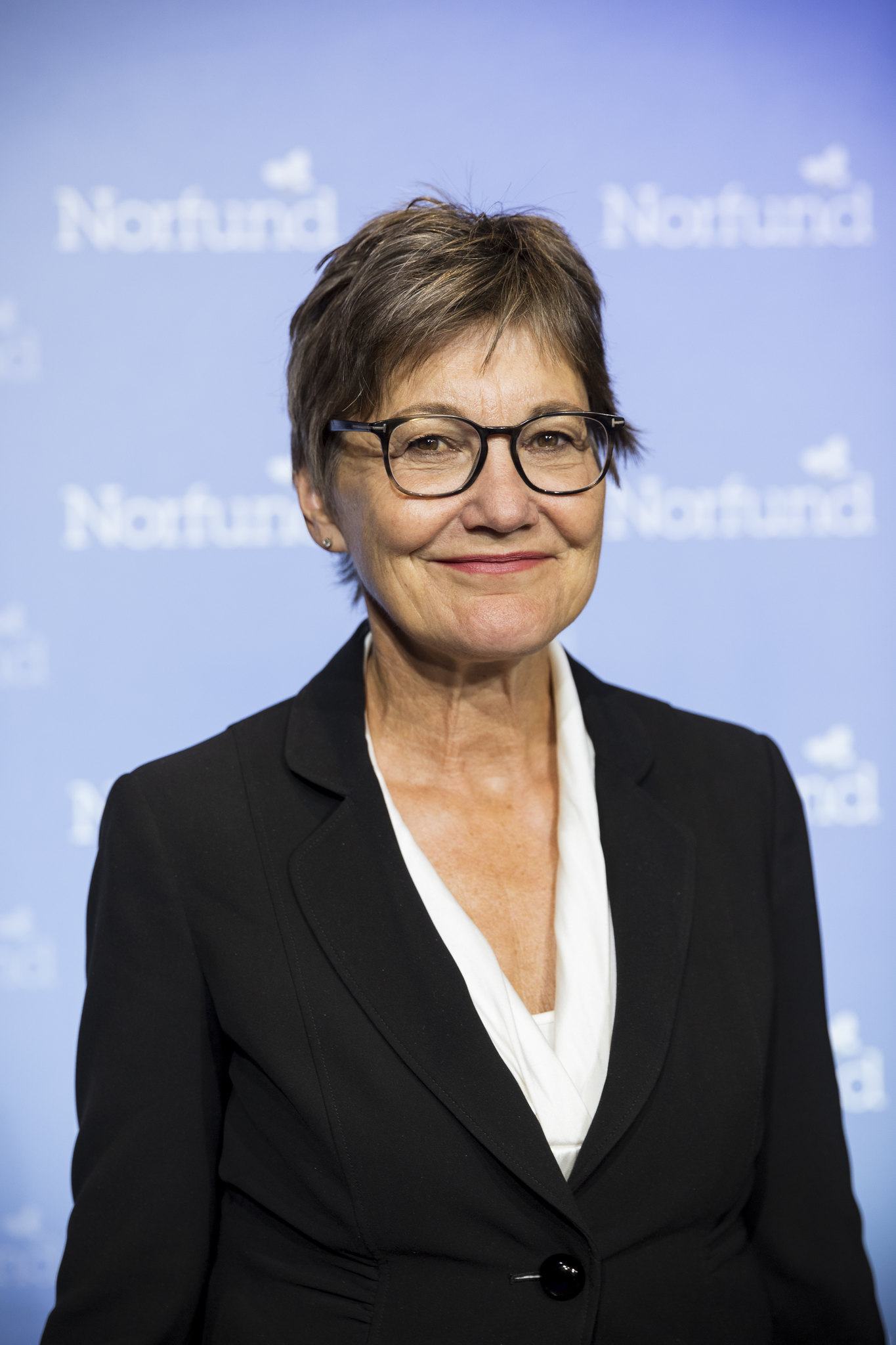Norfund continuously seeks to increase our understanding of the risks involved in fulfilling our mandate and improve the way we manage them.
As a Development Finance Institution, Norfund is set up to take more risk than commercial investors, creating jobs and reducing poverty by investing in the private sector in developing countries. It is, however, important to understand how these risks are identified, managed, and monitored. The risks range from those connected to specific countries, markets, and sectors, to the risks involved in selecting the right management teams and raising environmental, social and governance standards, while maximizing impact.

“Norfund is willing to assume more risk than most other investors. To have a clear understanding of both the risks Norfund is set up to take and the risks we seek to minimize is crucial, and this requires an organization working systematically based on a dynamic risk approach.”
Olaug Svarva, Chair, Norfund’s Board of Directors
Defining our risk appetite
The Board of Directors in Norfund has further developed our risk management over the last few years. An important part of this work has been to define a risk appetite statement. The statement makes it clear which risks we are willing to take. These are primarily about where and in what we invest, risks that are essential for us to take to deliver on our development mandate. They include country and political risk, financial risk to achieve development impact and positive financial return, as well as currency risk, including local currency exposure. Norfund will also take risk in investing in greenfield projects, ventures, SME’s and micro-finance; take exit risk by investing in equity, and equity funds, and be a first mover in new markets and sectors where the potential for development is high.
Norfund manages these risks by using market insight, local presence, and portfolio diversification. Norfund seeks to have a diversified portfolio of countries, instruments, currencies, and sectors, thereby being able to reduce the impact of adverse events in one or more markets.
The risks we seek to minimize are primarily about how we select our investment partners and how we operate and run our investment and other operational processes. These include the risk of corruption – where Norfund has zero tolerance, triggering an immediate response if uncovered, risks related to environmental, social and governance compliance defined by DFI (Development Finance Institution) best practice, as well as the business integrity of our investees. The same applies for risks connected to the health, safety, and security of our employees, security and integrity of our IT systems, and integrity and reliability of our financial controls and payment systems. Norfund minimizes these risks by designing and implementing appropriate systems and processes, regular training, contractual requirements, internal control, and compliance.
Assigning responsible risk owners
Through the implementation of an Enterprise Risk Management framework, relevant risk categories have been defined. All individual risks identified within the various categories are assigned to a designated risk owner responsible for suggesting mitigating actions and monitoring the development of the actual risk. The Risk and Audit committee works closely with the administration in presenting the overall risk picture to the Board of Directors twice a year.
A dynamic risk approach
The last two years, the pandemic has illustrated the need for a dynamic risk approach where emerging risks are considered. While the COVID situation led to travel restrictions and prevented physical encounters, it has been possible to continue investments in the private sector even at a distance. Cooperation among European DFIs has continued to grow during the pandemic and helped the institutions achieve their investment objectives.